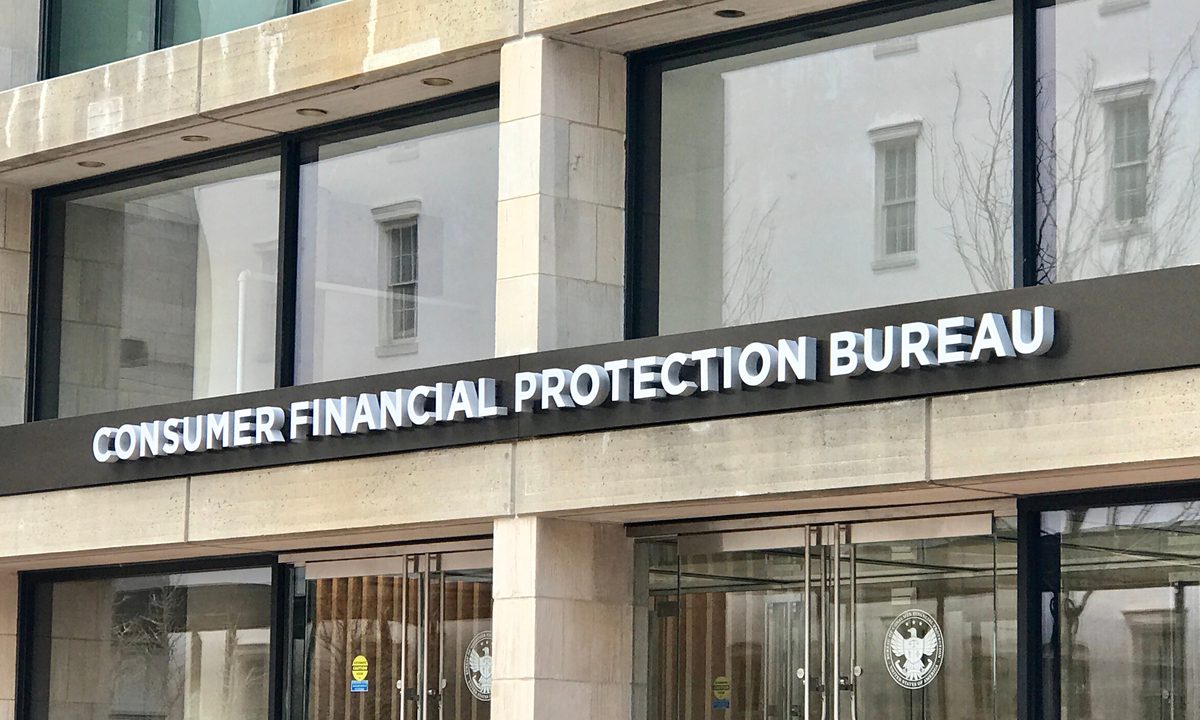CFPB’s Recommendation for ‘Consumer Participation’ With Bureaus Demands Alternative Data

Each year, the Consumer Financial Protection Bureau issues a report on TransUnion, Equifax and Experian.
And this year, as in the past, the three reporting bureaus are examined through the prisms of “improvements and deficiencies in the nationwide consumer reporting companies’ responses to consumer complaints,” according to a CFPB press release. At a high level, the CFPB found that the reporting firms “reported greater rates of relief” in response to complaints in 2022 than had been seen in earlier periods.
And while the bulk of the report is focused on complaints, and complaint resolution, there is this recommendation:
“Policymakers and market participants should consider how best to give consumers control over their data. The credit reporting system touches many aspects of consumers’ lives: credit, employment, housing, insurance and others. Consumers’ complaints to the CFPB raise several questions about the current credit reporting system. There are, however, alternatives to this system. Policymakers and market participants can shape the future of a system that gives consumers more control over their data.”
Control Gives Rise to Fairness
Elsewhere, the CFPB has noted that increased participation, in addition to alternatives, can give rise to “a fairer market with added benefits for consumers, consumer reporting companies, and lenders,” according to the release.
Data underpins all of the above. A wealth of complaints in credit reporting are tied to inaccurate or incomplete data. And the data that comes into the reporting firms, if it’s lacking, leads to ineffective credit scoring, conceivably curtailing financial inclusion.
Traditional credit scoring models are based solely on static data and look backward at activity that may not be — and frequently is not — reflective of an individuals’ ability to handle various types of financial obligations. Bank-level data can also give insight into cash flow, and thus the ability to repay.
Current and even real-time inputs are ancillary sources of information that enhance a reporting agency’s ability to score risk, and consumer-permissioned access to that data fosters an ongoing dialogue between the agencies and individuals.
Embracing Alternative Data
There’s evidence that the reporting firms are embracing alternative data points. As reported last fall, Experian announced the launch of a new tool that can help people who pay rent contribute qualifying, “positive” residential rent payments directly to benefit their Experian credit file. In another example, Citigroup will be launching pilot programs under the Office of the Comptroller of the Currency’s Project REACh. One of the programs will get credit cards to those without credit scores. The opportunity is a significant one. In the midst of the pandemic, PYMNTS/Sezzle joint research found that there are 44 million American consumers — particularly younger ones — currently “invisible” within the credit system.
And since they are shut out of financial access (because they are not scoreable through the traditional, in-place, static-driven system), they are stuck in a loop of using mostly debit cards to pay for goods and services.
Incidentally, PYMNTS research also found that these underserved consumers are three times more likely to use a buy now, pay later (BNPL) service, which in turn offers another data conduit that can help bring credit scoring more firmly into a real-time, data-driven age.
